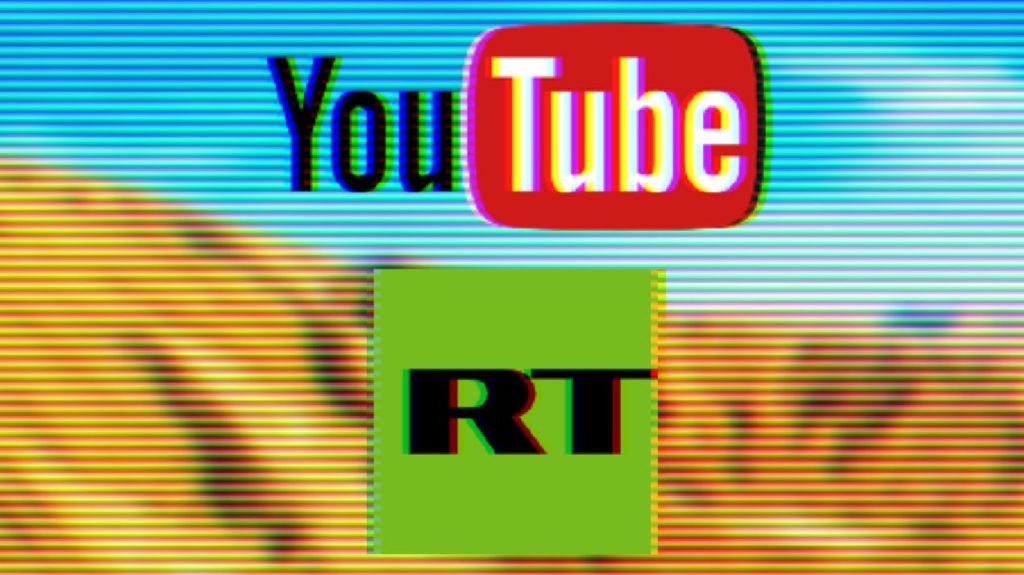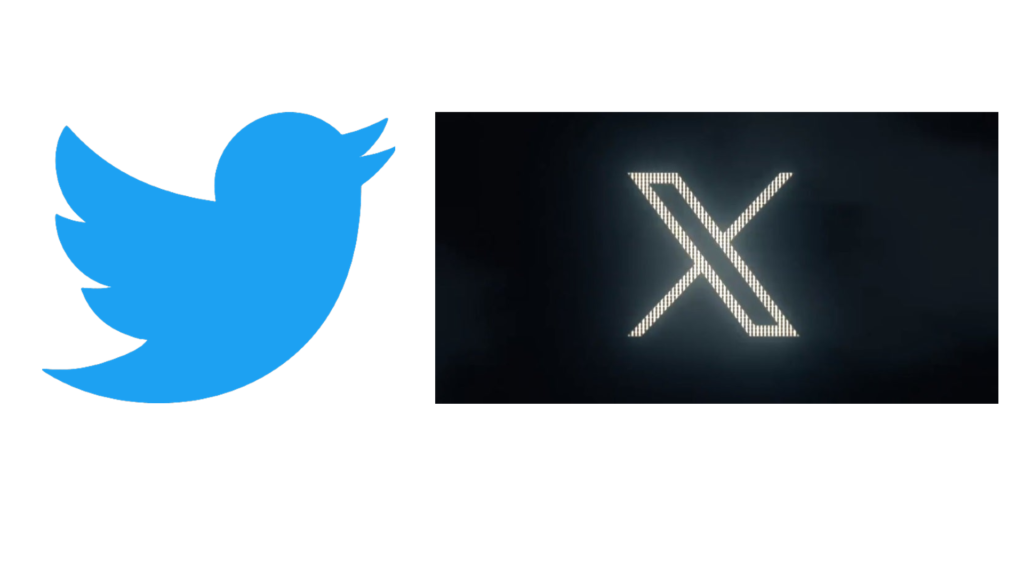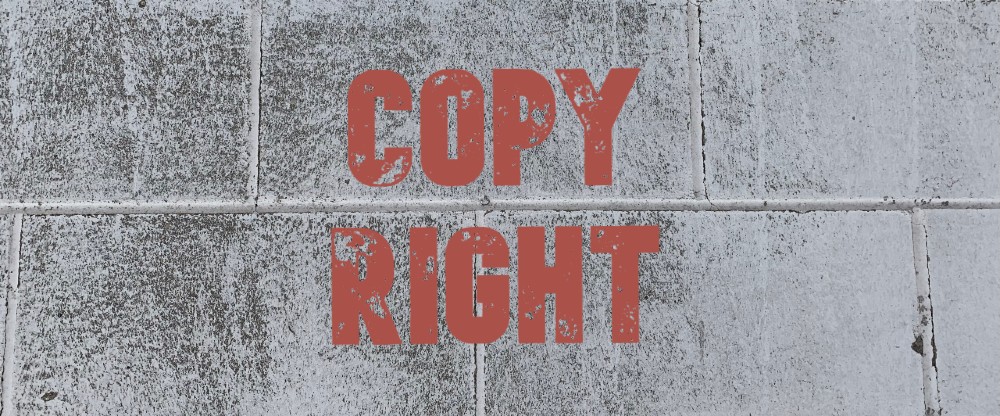
In 2015, plaintiff began posting book reviews on Amazon, but in 2019 Amazon revoked his review privileges due to guideline violations, including reviews that criticized Donald Trump and two authors. After arbitration in 2020 favored Amazon, plaintiff and Amazon reached a settlement allowing plaintiff to post reviews if he adhered to Amazon’s policies. However, in 2022, after posting reviews derogatory of millennials and referring to COVID-19 as the “Wuhan plague,” Amazon once again revoked plaintiff’s ability to post book reviews and deleted his prior reviews from the platform.
Plaintiff sued Amazon alleging breach of contract and violation of Washington’s Consumer Protection Act (CPA), and seeking a request for a declaratory judgment saying Section 230 of the Communications Decency Act should not protect Amazon. Plaintiff asserted that Amazon wrongfully removed plaintiff’s reviews and did not adequately explain its actions. The CPA violation centered on Amazon’s insufficient explanations and inconsistent policy enforcement. Amazon sought to dismiss the complaint, arguing there was no legal basis for the breach of contract claim, the other claim lacked merit, and that both the Section 230 and the First Amendment protect Amazon from liability. The court granted Amazon’s motion.
Breach of Contract Claim Tossed
The court noted that to win a breach of contract claim in Washington, plaintiff had to prove a contractual duty was imposed and breached, causing plaintiff to suffer damages. Plaintiff claimed that Amazon breached its contract by banning him from posting book reviews and asserted that Amazon’s Conditions and Guidelines were ambiguous. But the court found that Amazon’s Conditions and Guidelines gave Amazon the exclusive right to remove content or revoke user privileges at its discretion, and that plaintiff’s claim sought to hold Amazon responsible for actions the contract permitted. Similarly, the court found plaintiff’s claims for both breach of contract and breach of the implied duty of good faith and fair dealing to be baseless, as they failed to identify any specific contractual duty Amazon allegedly violated.
No Violation of Washington Consumer Protection Act
To be successful under Washington’s Consumer Protection Act, plaintiff would have had to allege five elements, including an unfair or deceptive act and a public interest impact. The court found that plaintiff’s claim against Amazon, based on the company’s decision to remove reviews, failed to establish an “unfair or deceptive act” since Amazon’s Conditions and Guidelines transparently allowed such actions, and plaintiff presented no evidence showing Amazon’s practices would mislead reasonable consumers. Additionally, plaintiff did not adequately demonstrate a public interest impact, as he did not provide evidence of a widespread pattern of behavior by Amazon or the potential harm to other users. Consequently, plaintiff’s claim was insufficient in two essential areas, rendering the CPA claim invalid.
Section 230 Also Saved the Day for Amazon
Amazon claimed immunity under Section 230(c)(1) of the Communications Decency Act (CDA) against plaintiff’s allegations under the CPA and for breach of the implied duty of good faith and fair dealing. Section 230 of the CDA protects providers of interactive computer services from liability resulting from third-party content (e.g., online messaging boards). For Amazon to receive immunity under this section, it had to show three things: it is an interactive computer service, it is treated by plaintiff as a publisher, and the information in dispute (the book reviews) was provided by another content provider. Given that Amazon met these conditions, the court determined that plaintiff’s claims against Amazon under Washington’s CPA and for breach of the implied duty were barred by Section 230 of the CDA.
As for plaintiff’s declaratory judgment claim regarding Section 230, the court found that since the Declaratory Judgment Act only offers a remedy and not a cause of action, and given the absence of a “substantial controversy,” the Court could not grant this declaratory relief. The court noted that its decision was further reinforced by the court’s conclusion that Section 230 did bar two of plaintiff’s claims.
Haywood v. Amazon.com, Inc., 2023 WL 4585362 (W.D. Washington, July 18, 2023)
See also:
Amazon and other booksellers off the hook for sale of Obama drug use book









